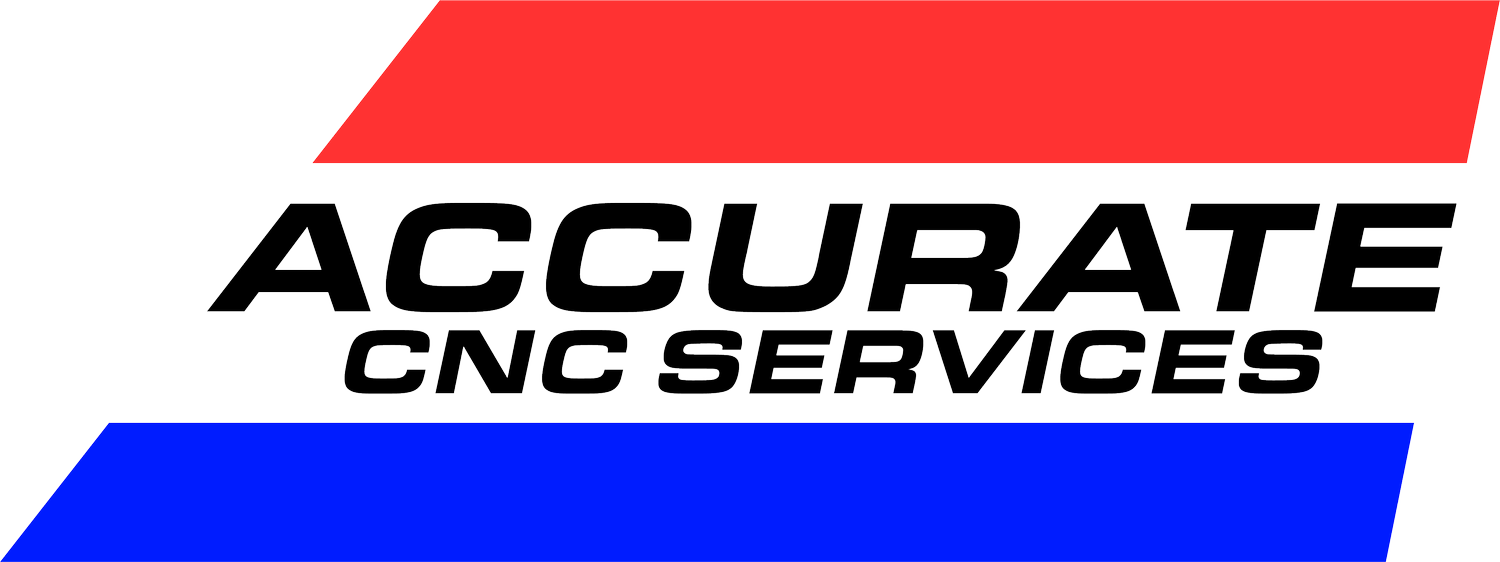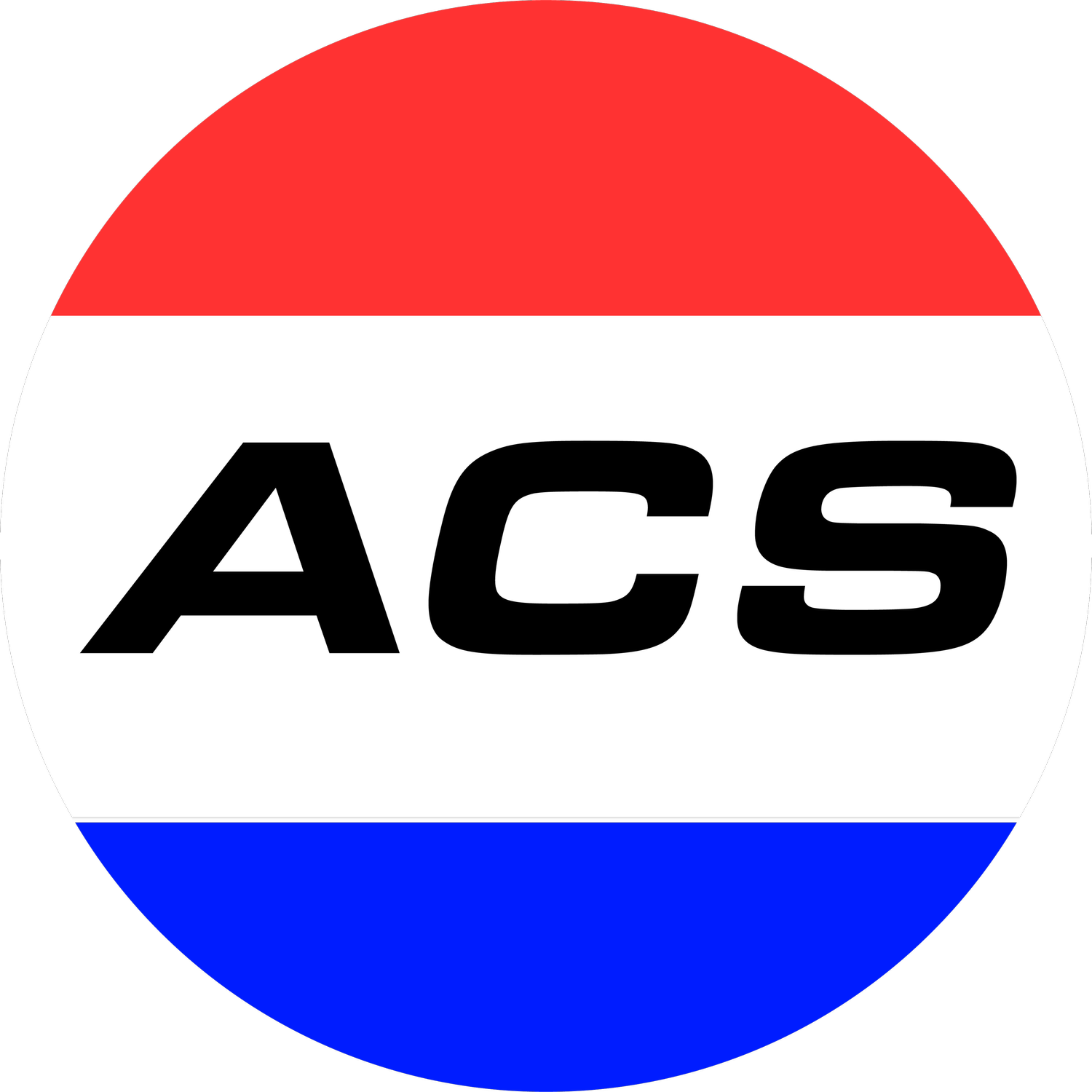Bring Your Idea to Life with Our 8-Step Product Development Process
Do you have an idea for a new product or a modified version of an existing product? All you need is a picture on your phone, a doodle on a piece of paper, or a sample part to get your next project rolling. If that sounds easy, it’s because when you work with Accurate CNC Services, it is.
Here’s how the product development process works at our Idaho machine shop.
Step 1: Initial Consultation
Start by calling or emailing our Idaho machine shop so we can arrange a time for you to sit down and chat with Taylor, our CEO, or Sydney, our CAO. If you’re in the area, you’re more than welcome to stop by anytime during business hours, but we recommend calling or emailing us first so we can guarantee one of us will be available to meet with you.
During the initial consultation, you can expect us to ask you lots of questions about your product, including measurements, material, finishing requirements, and timeline. Our goal is to gather all the information we need to get started and provide you with an accurate quote.
Step 2: Readback of Requirements
During the initial consultation, you’ll see us taking detailed notes about your project. At the end of our meeting, we’ll read back our understanding of your requirements to make sure we’re all on the same page.
If you’re like many of our customers, you’ll probably think of additional requirements and preferences during the readback, so this exercise is quite valuable.
Step 3: CAD Services
If you need a drawing and/or solid 3D model, we’re happy to offer our CAD services. Depending on your project's requirements, we'll perform these services in-house or with the support of a third-party engineer. For instance, we may involve one of our trusted engineer partners to verify load limits or strength. Either way, we’ll manage this process for you and send an initial quote for CAD time to get the ball rolling.
Step 4: Rapid Prototyping Services
Concept stage
We love prototypes! Why? Because prototypes are a great way to verify that a project is on the right track before moving forward to the more costly production phase. Having a tangible prototype in your hand can help you to better envision the final product, test the fit, and determine if any details were overlooked during the initial consultation.
We’ll begin by creating a proof-of-concept prototype (likely 3D printed from a thermoplastic like PLA) and, if necessary, machine a cheap prototype from aluminum to perform a strength test.
You can choose to skip rapid prototyping services and move directly to production. However, with our ability to turn around prototypes same-day or next day for a low cost, this step is almost always worth your while.
Step 5: Modifications
Prototypes often undergo a few iterations before being finalized. This is your opportunity to modify your design and get your product exactly the way you want it.
Final product
Step 6: Quoting
Once you approve the final design, we’ll move on to the quoting process. We can send you options for material, quantity, and more so you have complete control over how you move into production.
Step 7: Production
Whether you need ten parts or tens of thousands of parts, Accurate CNC Services can accommodate your requirements with our in-house production machining services.
Step 8: Feedback
Our Idaho machine shop welcomes and encourages your feedback. Let us know how your product is working in the real world! Send us pictures and updates!
Product development can be an ongoing process, and we’re here to support you even after the initial production run is complete. Recently, one of our customers returned to us requesting changes to a product we had made that will make it easier to produce the parts in the future. We were excited to continue working with them to improve their product.
Ready to start your product development journey with Accurate CNC Services? Request a quote today—we can’t wait to hear from you!



